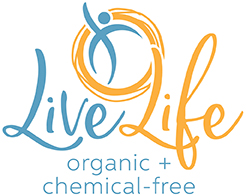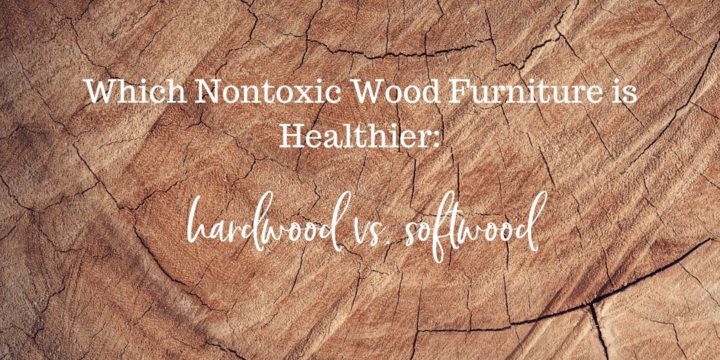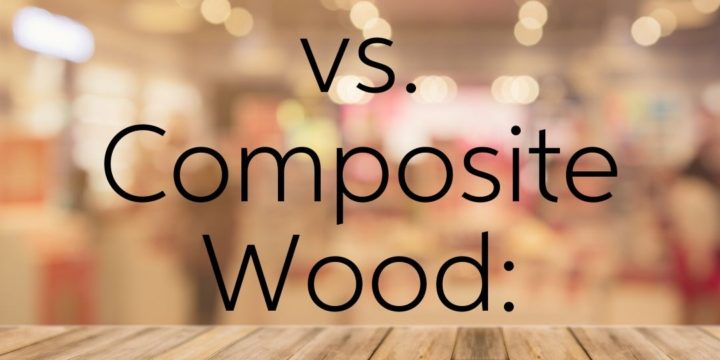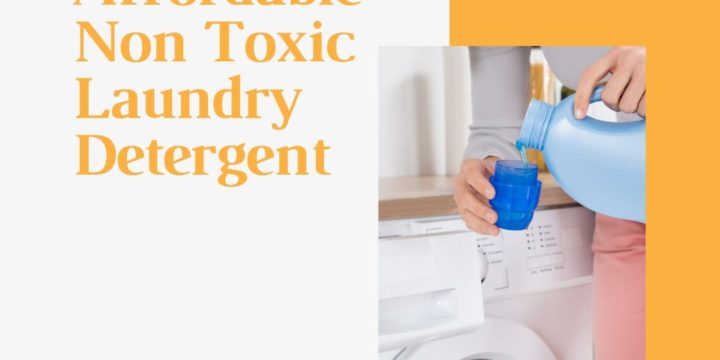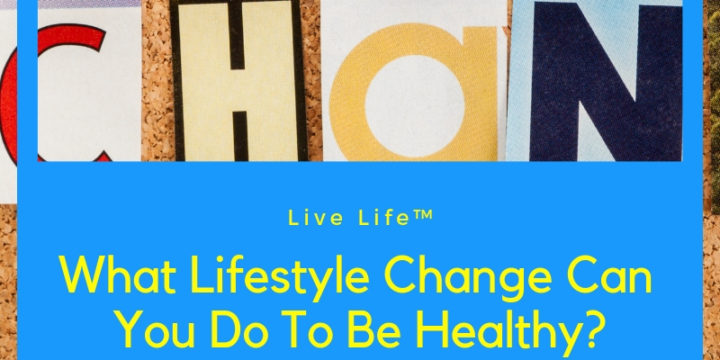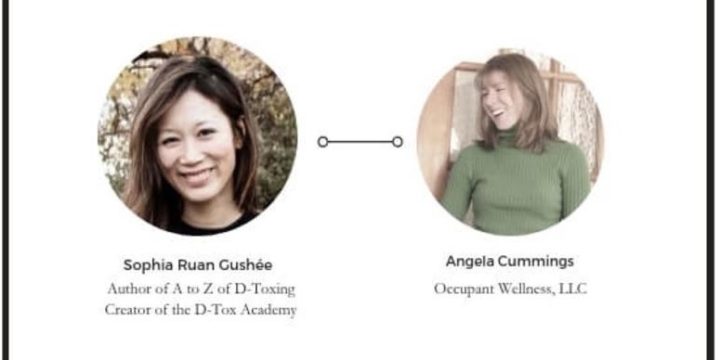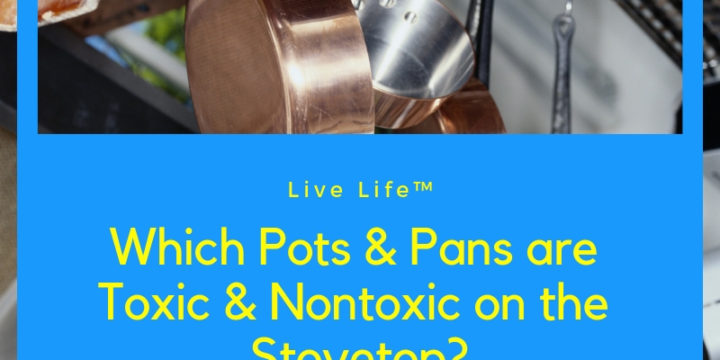
Non-Toxic Bedroom: 9 Reasons It’s Important for Health
Are you tired and wake up with low energy levels? With a non-toxic bedroom, that's possible. Sleeping in a non-toxic bedroom is essential for good health - it's the most important room in the house. Since scientific studies show that indoor air quality can be more polluted than outdoor air in the most industrialized cities, it’s in our best interest to act. To create a healthier indoor air quality. In this article, we’ll discuss the ways chemicals enter our bodies, 9 reasons why a non-toxic bedroom is important for good health, and to-the-point tips on how you can create your own non-toxic bedroom. How Chemicals Enter Our Bodies: 3 Ways Chemicals from our everyday products get into our bodies one of three ways: Breathing. Volatile organic compounds (VOCs), semi-volatile organic compounds…
